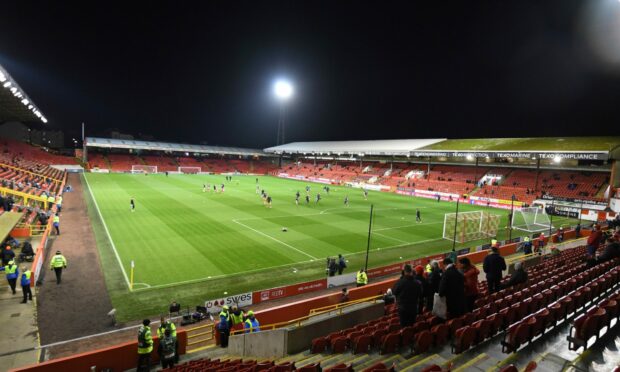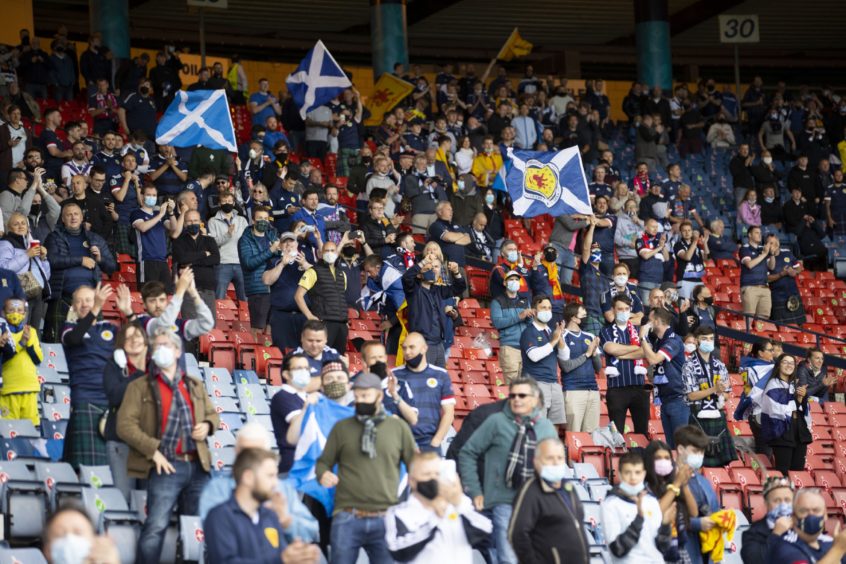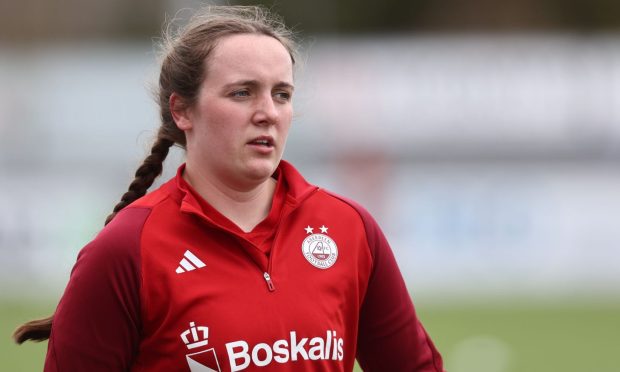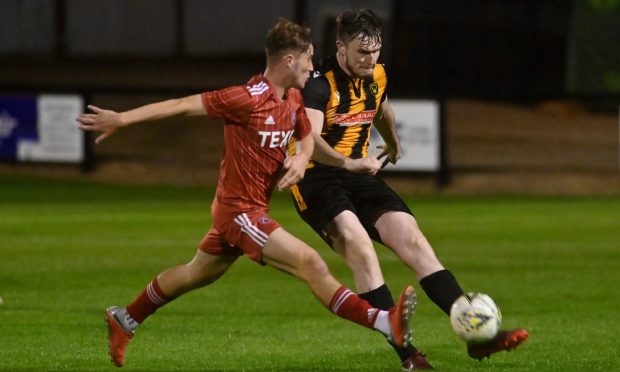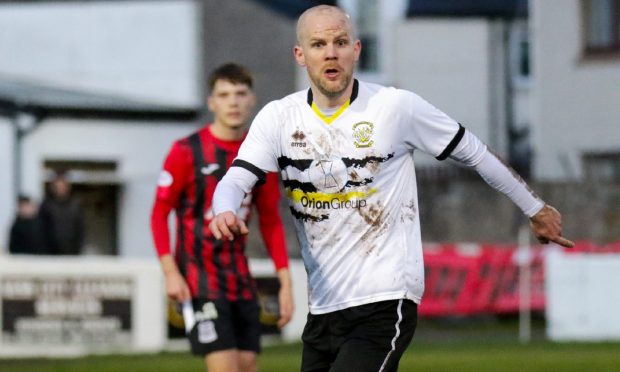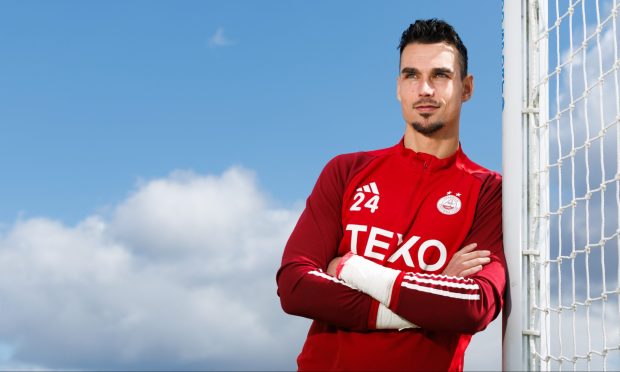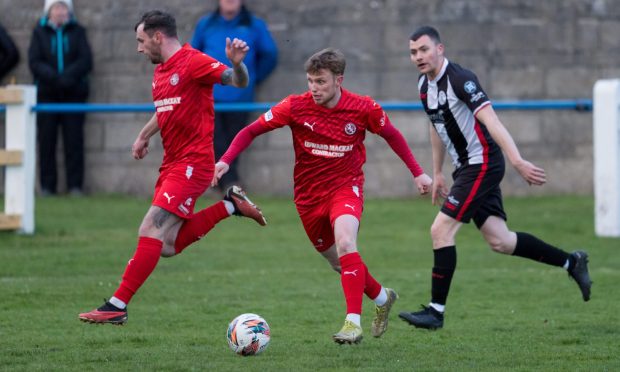Scottish clubs will no longer require to have mandatory red zones at matches following updated guidance from the joint response group.
The red zones were introduced at all grounds as part of the JRG’s return to playing protocols last year, following the initial suspension of all football due to Covid-19 in March 2020.
As part of the regulations, clubs have been required to adhere to two-metre distancing measures on match days.
Despite the end of Scottish Government distancing measures in August, and the subsequent return of supporters to matches, red zones continued to be mandatory at matches as a mitigation measure to avoid widespread close contacts jeopardising clubs’ ability to fulfil fixtures.
Clubs will now be allowed to specify their own matchday protocols based on the risk assessments they have carried out, which will allow clubs to facilitate more home and away supporters.
The JRG protocols are still available for clubs to use should they wish.
A JRG statement said: “The Joint Response Group believes it is now appropriate for clubs to make their own business decisions based on their own risk assessments.
“This is in part due to the success of the national vaccination programme, but also in recognition of the expertise and experience of clubs in complying with the government’s existing guidance.
“One key area for clubs to consider, based on their own risk assessment, is the continued adherence to protocols requiring physical distancing in all training and matchday settings – including but not limited to changing rooms, travel, overnight stays, and technical areas – as well as matchday Red Zones.
“The requirement to have a Red Zone will no longer be mandatory but the JRG protocols are still available to use, should clubs wish to continue to implement them.
“Clubs – and for the purposes of clarity, match officials – should be cognisant of close contact criteria remaining at 2m and be aware of the risks any removal could have in the areas outlined above in the event of a positive case.
“Should any club wish to continue with 2m physical distancing measures on match days, this must be accommodated by the home clubs as per the existing protocols. Clubs are asked to discuss and agree match day arrangements as far in advance of the fixture as possible.
“Clubs who are currently testing should continue to do so and highlight any positive cases as normal. Clubs should also be aware that in the event of any outbreaks or spikes in positive cases, the JRG reserves the right to reintroduce physical distancing requirements.”
